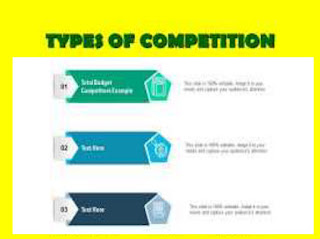Streamlining Success: The Benefits of Functional Departmentalization
Departmentalization or departmentation is a process where jobs or teams are amalgamated into functional units referred to as divisions based on their areas of expertise, all in pursuit of the organization's objectives. Consequently, the entire organization is partitioned into sections, known as departments, each comprising a cohort of employees tasked with executing similar types of work.
This process not only identifies the functions or activities that should be situated together and synchronized in one location but also assembles the personnel who will undertake the delegated functions and tasks.
Examples of Departmentalization
Functional Departmentalization: This form of departmentalization centers on functions like sales, finance, marketing, production, and human resources. Each function constitutes its department, overseen by a manager. This arrangement is prevalent in numerous organizations due to its capacity to facilitate skill specialization and resource allocation.
Product Departmentalization: This approach hinges on a company's products or services. It divides the organization into departments based on the products or services they provide. Each department is responsible for the development, production, and promotion of its particular product or service. This structure proves advantageous for companies with a broad array of products or services, as it enhances specialization and control.
Geographic Departmentalization: This type of departmentalization is contingent upon geographical location. The organization is segmented into departments predicated on where they operate. Each department manages its distinct geographic area and is typically overseen by a local manager. This design benefits organizations with operations in multiple regions, as it bolsters operational control and management.
Customer Departmentalization: This model hinges on the kind of customers a company serves. The organization is divided into departments tailored to the specific customer types they cater to. Each department takes charge of its designated customer segment and is usually helmed by a specialist in that customer category. This structure proves valuable for companies serving various customer segments, enhancing comprehension and management of diverse customer needs.



Comments
Post a Comment